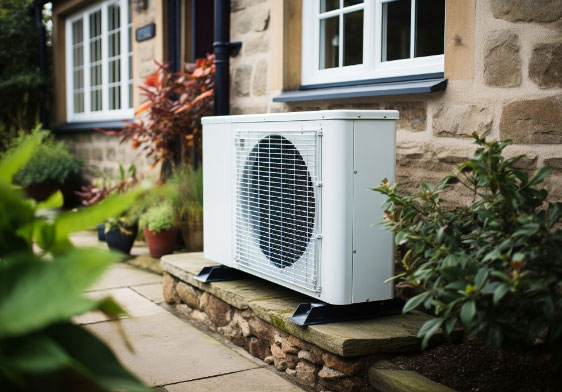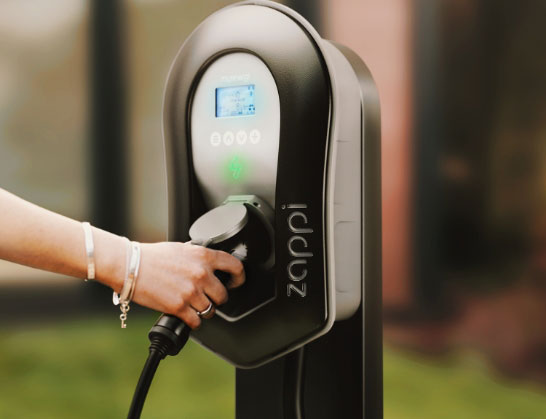Maximizing Value with After Sales Support and Low Maintenance Costs for Solar Energy Solutions
As the global shift towards renewable energy accelerates, Solar Energy Solutions have emerged as a pivotal component in reducing carbon footprints and enhancing energy independence. According to the International Renewable Energy Agency (IRENA), solar power capacity has grown exponentially, increasing from 40 GW in 2010 to over 700 GW by 2020, illustrating the technology's rapid adoption. However, maximizing value from these investments extends beyond installation; it requires robust after-sales support and minimizing maintenance costs. A recent report from the Solar Energy Industries Association (SEIA) indicates that well-supported solar systems can achieve operational efficiency rates above 90%, thereby significantly lowering the total cost of ownership. By focusing on after-sales strategies and sustainable maintenance practices, stakeholders can not only enhance performance but also ensure that Solar Energy Solutions deliver long-term benefits to both consumers and the environment.
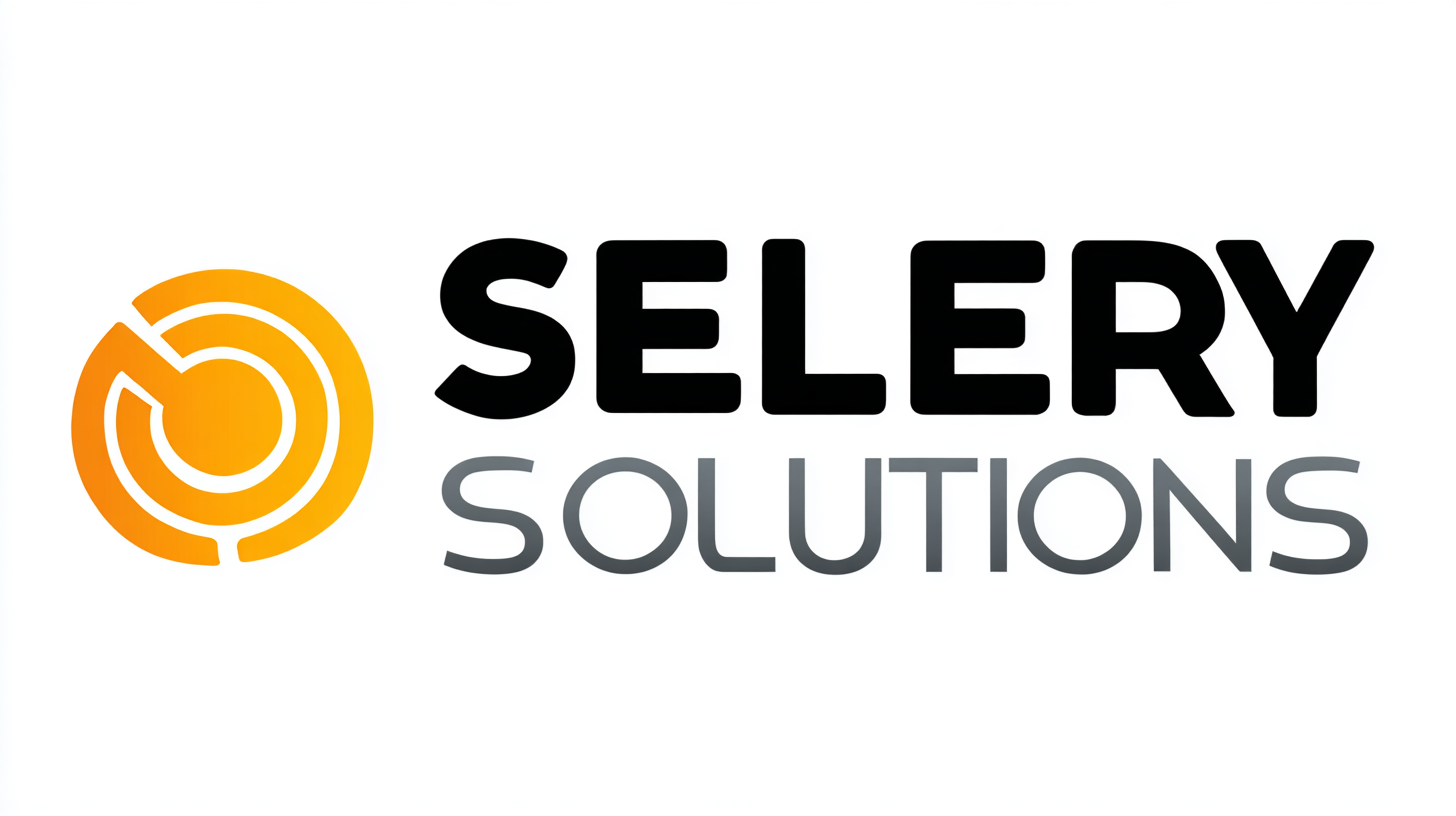
Maximizing Longevity: Technical Specifications of Solar Panels for Optimal Performance
When considering solar energy solutions, the technical specifications of solar panels play a crucial role in maximizing longevity and performance. High-efficiency solar panels typically feature advanced materials such as monocrystalline silicon, which not only enhance their energy conversion rates but also ensure greater durability. The use of robust glass and corrosion-resistant frames further protects these panels from environmental stressors, allowing them to withstand varying weather conditions and extend their life cycle.
In addition to material quality, understanding the electrical specifications is essential for optimal performance. Parameters such as temperature coefficient, power tolerance, and warranty period provide insights into how a solar panel will perform over time. A lower temperature coefficient indicates that the panel will maintain efficiency even in high temperatures, which is vital in regions with intense sunlight. By selecting solar panels with favorable specifications, homeowners can not only harness sustainable energy effectively but also reduce maintenance costs, ultimately maximizing the value derived from their investment.
The Role of After Sales Support in Enhancing Solar Energy System Efficiency
After sales support plays a pivotal role in enhancing the efficiency of solar energy systems, acting as a bridge between initial installation and long-term performance. A recent report highlights that solar energy efficiency can improve by up to 20% with proper maintenance and support services. This encompasses routine check-ups, software updates for smart inverters, and customer education on optimal usage practices. As the solar market continues to evolve, particularly in regions like Germany—known for its significant solar output—the importance of after sales support becomes even clearer, ensuring that users can harness maximum energy from their systems.
Moreover, the integration of smart technology into solar energy solutions is reshaping after sales support. Smart inverters equipped with AI capabilities allow for remote monitoring and management, providing users with real-time data that can optimize energy usage and minimize costs. Research indicates that these developments can lead to significant reductions in electricity bills, positioning smart inverters as essential components in modern solar solutions. Therefore, a comprehensive after sales support system not only sustains system efficiency but also enhances user satisfaction by reinforcing the value derived from their investments in solar energy.
Maximizing Value with After Sales Support for Solar Energy Solutions
Understanding Low Maintenance Costs: A Key to Solar Investment Returns
Understanding low maintenance costs is crucial for maximizing investment returns in solar energy solutions. When evaluating solar installations, potential investors often focus on upfront costs and energy savings. However, the long-term financial benefits heavily depend on the ongoing maintenance expenses associated with these systems. Lower maintenance costs not only increase a project's overall profitability but also enhance its appeal in a competitive market. By choosing reliable solar technology and local providers with strong after-sales support, stakeholders can minimize unexpected expenses and ensure optimal performance.
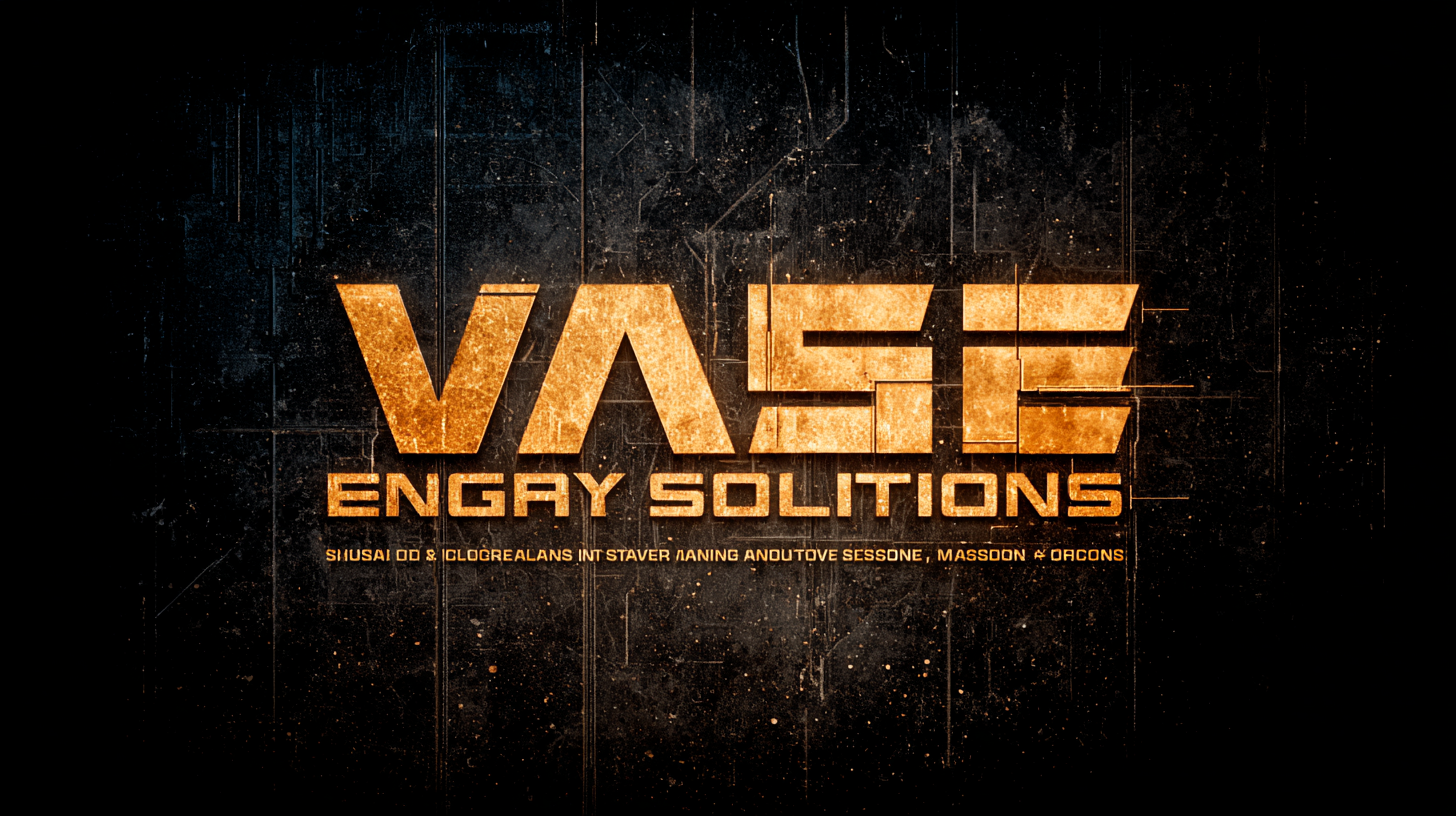
Moreover, a focus on low maintenance costs encourages investors to adopt more sustainable practices. Innovative solar technologies, such as self-cleaning panels and robust inverter systems, demonstrate that less upkeep is not only possible but also effective. By reducing the frequency and cost of maintenance tasks, investors can enjoy a more stable cash flow and enhance their return on investment. Consequently, understanding and prioritizing low maintenance costs positions solar energy solutions as a more attractive opportunity, driving long-term profitability and supporting the broader shift towards renewable energy adoption.
Critical Components: Evaluating Solar Inverters for Reliability and Effectiveness
When evaluating solar energy solutions, the efficacy and reliability of solar inverters stand out as critical components. According to the U.S. Department of Energy, solar inverters can account for up to 20% of the total system cost, making their performance essential for maximizing the overall value of a solar installation. High-quality inverters not only enhance the efficiency of energy conversion but also impact long-term maintenance costs. Research from the National Renewable Energy Laboratory (NREL) indicates that optimizing inverter selection can lead to up to a 10% increase in energy production over the system's lifespan.
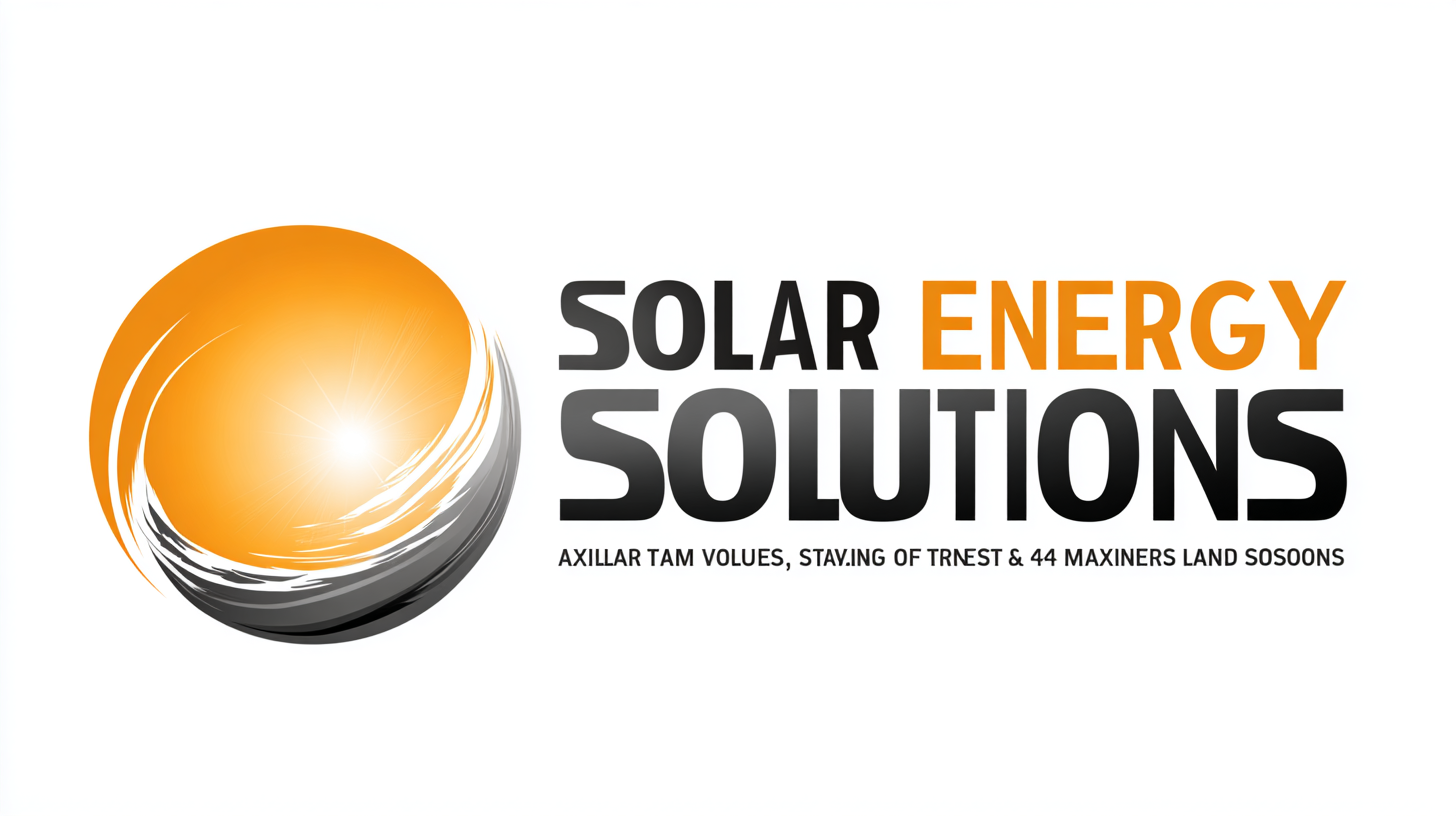
Reliability is another key factor in inverter evaluation. A report by Wood Mackenzie reveals that inverter failures are responsible for nearly a third of service calls in residential solar systems. Selecting inverters with proven longevity and robust warranties—often extending up to 25 years—can significantly reduce downtime and maintenance expenses. Inverters that incorporate advanced monitoring technologies also facilitate real-time performance tracking, allowing for preventative maintenance and immediate addressing of any inefficiencies. By prioritizing reliability and effectiveness in inverter selection, solar energy solutions can not only lower maintenance costs but also maximize energy generation, ultimately enhancing the return on investment for consumers.
Industry Trends: How Technology Advancements Shape After Sales Support Services
In the solar energy sector, after-sales support is increasingly influenced by advancements in technology. With the rise of smart monitoring systems and AI-driven analytics, companies can now offer proactive assistance throughout the product lifecycle. These innovations not only enhance customer satisfaction but also minimize maintenance costs over time. By leveraging these technologies, businesses can ensure their solar solutions operate at optimal efficiency, ultimately maximizing value for both providers and consumers.
**Tip 1:** Invest in smart monitoring tools that provide real-time data on system performance. This allows for early detection of potential issues, reducing long-term maintenance expenses.
Moreover, the integration of customer relationship management (CRM) software into after-sales support services has transformed client interactions. Enhanced communication channels and automated follow-ups ensure that customers receive timely assistance and information. This improved engagement fosters loyalty and encourages repeat business, key factors in a competitive market.
**Tip 2:** Utilize CRM systems to track customer interactions and feedback effectively. This data can guide improvements in service delivery and inform future product developments.
By embracing these technological advancements, companies can not only streamline their after-sales support processes but also create a more sustainable and economically viable solar energy market.
Maximizing Value with After Sales Support and Low Maintenance Costs for Solar Energy Solutions - Industry Trends: How Technology Advancements Shape After Sales Support Services
| Dimension | Current Value | Trend Over Last Year | Future Forecast (Next 5 Years) |
|---|---|---|---|
| Customer Satisfaction Score | 85% | +5% | 90% |
| Average Maintenance Cost (Annual) | $250 | -10% | $200 |
| After Sales Support Response Time | 24 hours | -2 hours | 12 hours |
| Installed System Efficiency | 18% | +1% | 21% |
| Rate of System Upgrades | 15% | +3% | 25% |

